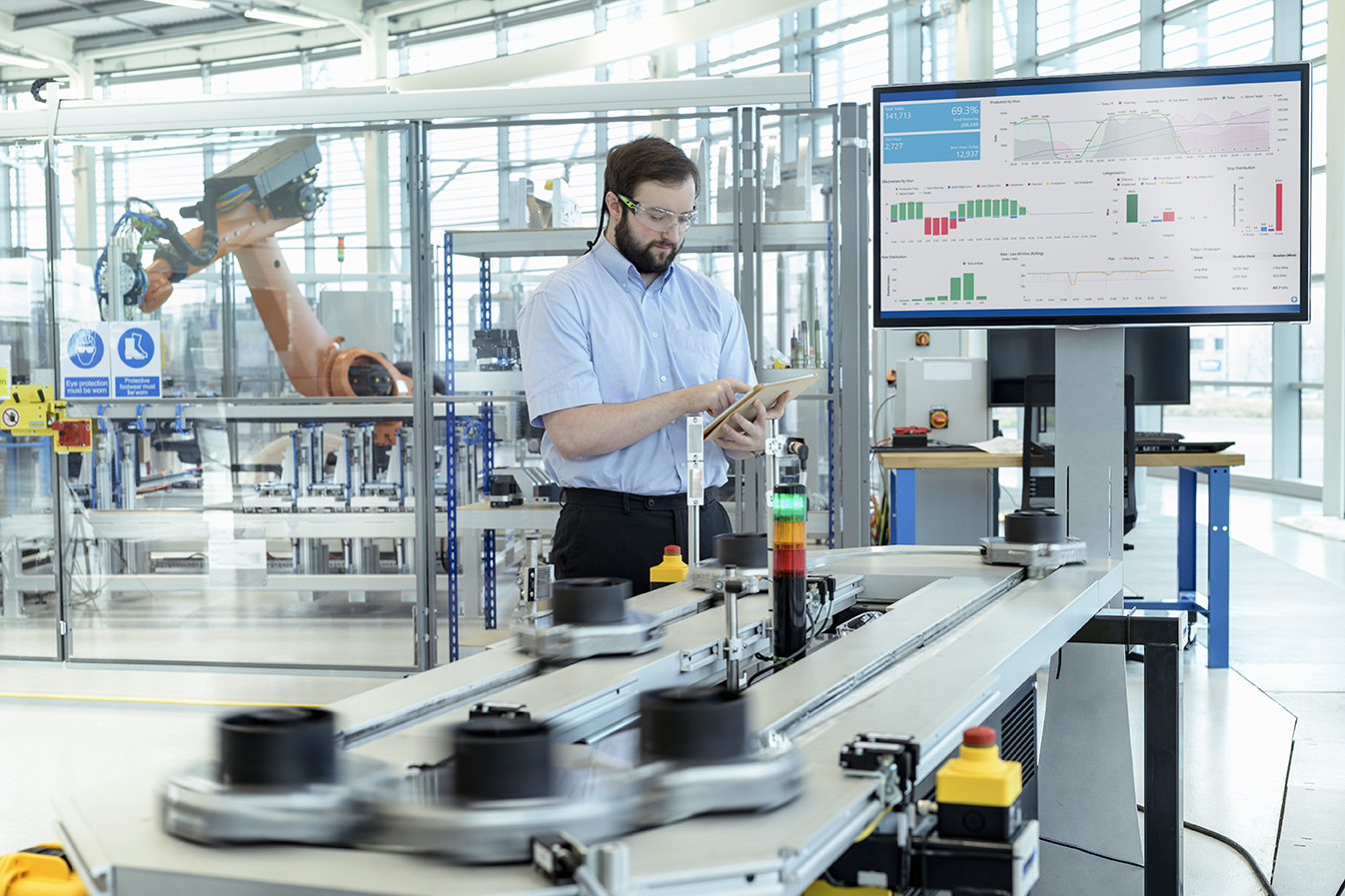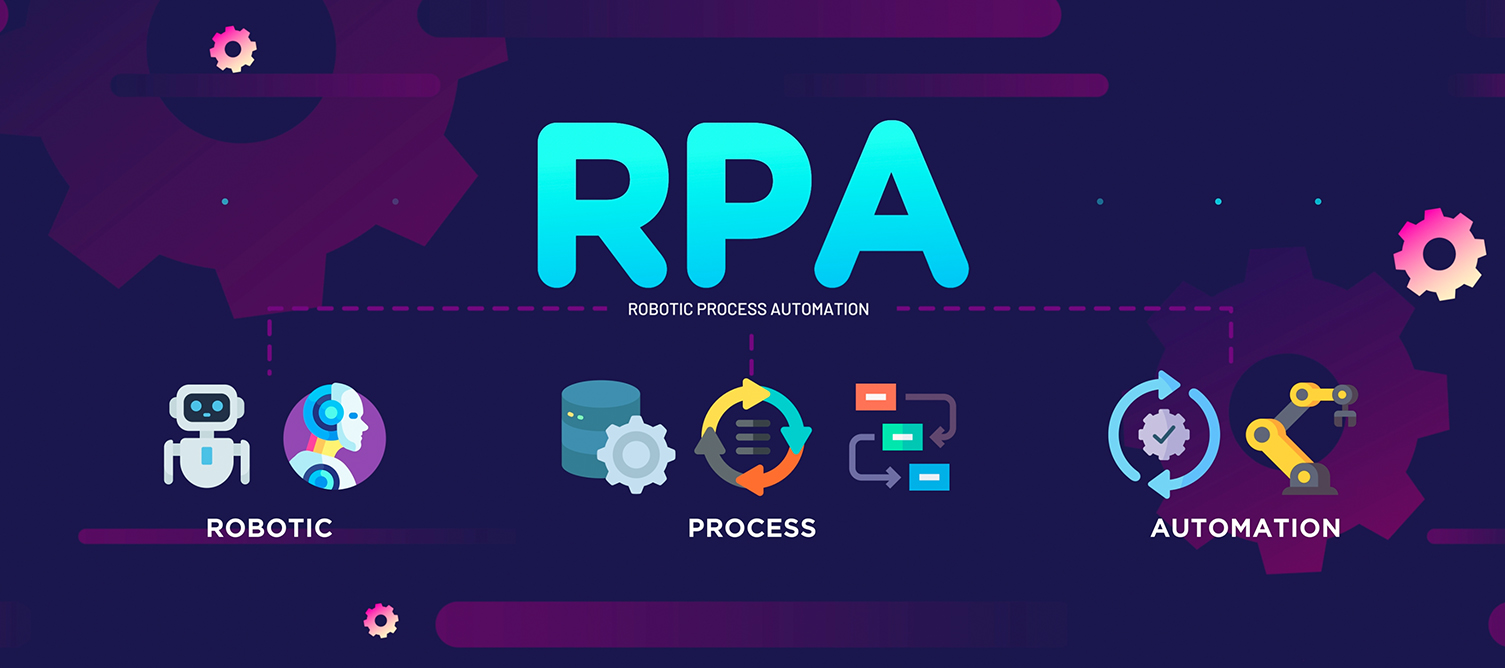- Overview
- Our Focus
- Locations
- Contact Us
- Overview
- Our Culture
- Careers
- Jobs
Robotic Process Automation (RPA) has the potential to revolutionize business operations by automating repetitive, rule-based tasks, freeing up employees to focus on more strategic activities. However, to unlock the full benefits of RPA, organizations must follow best practices. Here are the key elements to successful RPA implementation.
1. Define Clear Objectives

A successful RPA implementation begins with a well-defined roadmap and clear objectives. This strategic plan should outline the goals and expected outcomes of the RPA project.
Key Points:
For instance, if your business aims to enhance customer satisfaction, identify specific processes where automation can speed up response times or reduce errors.
2. Select the Right Processes

Choosing the right processes for automation is critical to maximizing the benefits of RPA. Not all processes are suitable for automation, so it’s important to select those that will provide the most significant efficiency gains.
Key Points:
Commonly automated processes include data entry, invoice processing, and customer service tasks. By selecting the right processes, businesses can ensure that RPA delivers maximum efficiency gains.
3. Engage Stakeholders

Engaging stakeholders at all levels of the organization is essential for a successful RPA implementation. This engagement helps to secure buy-in and address any concerns early on.
Key Points:
Additionally, obtaining buy-in from leadership is crucial to secure the necessary resources and support for the RPA project.
4.
Continuous Monitoring and Improvement

RPA implementation is not a one-time event; it requires ongoing monitoring and improvement to maintain its effectiveness and adapt to changing business needs.
Key Points:
By committing to continuous monitoring and improvement, organizations can ensure that their RPA systems remain effective and continue to deliver value over time.
Conclusion
Implementing RPA can significantly enhance the efficiency and productivity of your business when done correctly. By defining clear objectives, selecting the right processes, engaging stakeholders, and committing to continuous improvement, organizations can unlock the full potential of RPA.
Following these best practices will help navigate the complexities of RPA implementation and achieve substantial returns on investment.

HAND's Expertise in RPA Services
At HAND, we specialize in guiding businesses through the complexities of Robotic Process Automation (RPA) implementation. Our comprehensive services ensure that your organization can effectively leverage RPA to enhance efficiency and productivity.
Why Choose HAND for Your RPA Journey?
· Tailored Roadmaps and Objectives: We work closely with you to define a clear and customized RPA roadmap that aligns with your unique business goals. Our strategic planning ensures that every step of the implementation process is meticulously outlined and resourced.
· Expert Process Selection: HAND’s team of experts conducts thorough analyses to identify the most suitable processes for automation. By focusing on repetitive, rule-based tasks, we ensure that your RPA initiatives yield significant efficiency gains and measurable improvements.
· Stakeholder Engagement and Change Management: We prioritize inclusive engagement and clear communication to secure buy-in from all stakeholders. Our approach addresses concerns and highlights the benefits of RPA, ensuring a smooth transition and strong support across all levels of your organization.
· Continuous Monitoring and Improvement: Our commitment to continuous improvement means that your RPA systems are regularly assessed and refined. HAND implements robust feedback mechanisms and adapts to evolving business needs, ensuring long-term success and value from your RPA investments.
By partnering with HAND, you gain access to a team of seasoned professionals dedicated to making your RPA journey seamless and successful. We provide the expertise and support needed to unlock the full potential of RPA, driving substantial returns on investment for your business.
Discover how HAND can help you scale your business with RPA. Contact us today to learn more about our services and start your automation journey with confidence.
Learn more: What is RPA & How Can It HelpScale Your Business?